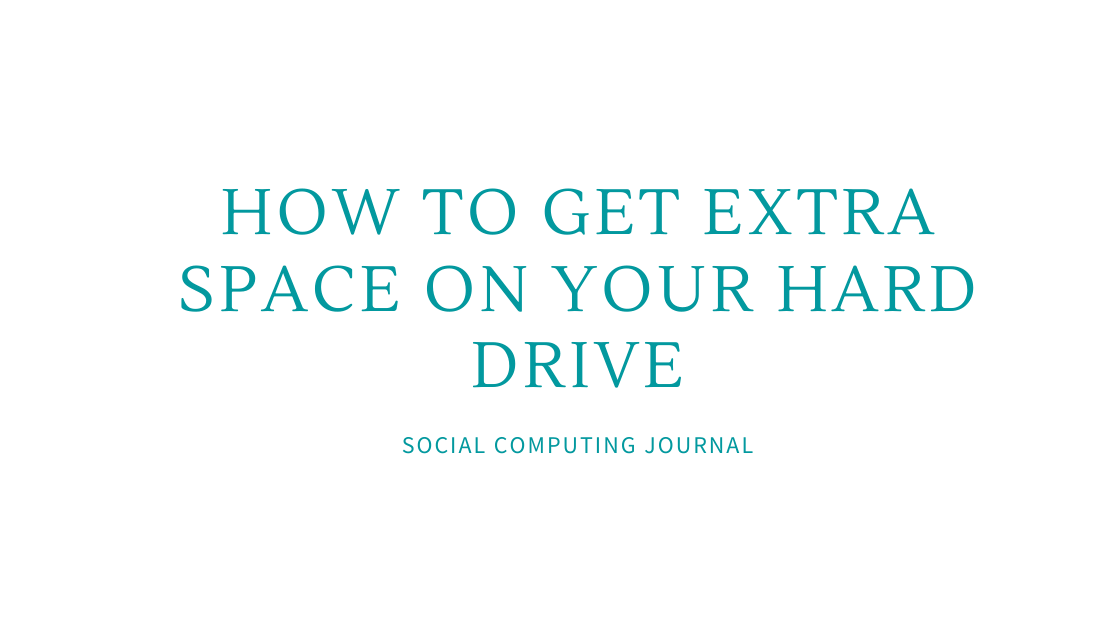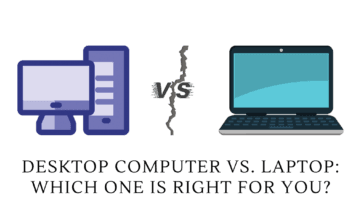Slow loading speeds, lags, constant messages about low disk space. Most millennials and, to some extent, Gen Z has lived through these extremely frustrating moments. This could be one of the reasons why we millennials still consider patience to be a virtue. Ok, no more bashing the younger generations. They’ll learn, probably.
Technology has made it convenient for us to remove all the unnecessary clutter from our desktops or laptop computers. You could choose from different programs and non-software options to free up significant disk space on your Windows. The process is somewhat similar to selecting the best mobile plan with services like Spectrum mobile. Internet, people! Get used to it.
Contents
What is Disk Space?
Disk space refers to the space available on a magnetic disk. Computers and laptops have this magnetic disk installed in the form of a hard drive. This utility acts as a storage facility for digital content like programs, documents, and operating systems. Hard drives are the main storage component inside computers and laptops.
How Do I Check If My Disk Space is Full?
You may need to check your disk space from time to time to identify performance issues. There may be instances when a computer starts acting strange or slows down. Such lags often come with cryptic error messages. The good news is that you can identify free disk space on your desktop or laptop computer. To do this:
- Open the File Explorer icon
- Select This PC
- Locate the drive of your preference
- You’ll see the disk space indicator
You can also view the disk space on your Windows pc by visiting All Settings. The All Settings icon appears when you click on the notification icon on the lower right side of the screen. Once you get to Settings, open System, followed by Storage. You’ll see the disk space.
How Do I Free Up Disk Space on Windows?
There are a number of ways to clean the disk space on Windows. Microsoft’s official website has listed more than five methods. These include using Disk Cleanup, deleting unnecessary apps, and attaching an external storage device to your pc.
Use Storage Sense
This is perhaps the easiest and convenient way to free up disk space on your computer. Storage Sense automatically gets rid of temporary files and other unnecessary items. If it is running on default settings, Storage Sense will automatically remove temporary files whenever your system senses low disk space. The removed files will remain in Recycle Bin for some only to be deleted later.
Remember, Storage Sense only works on the system drive, also referred to as the C Drive. You can set up Storage Sense in order to automatically free up space on your device. To correctly do this, go to Settings -> System -> Storage -> Configure Storage Sense Or Run It Now.
Use Disk Cleanup
You can run Disk Cleanup in case you don’t have access to the Storage Sense tool. Disk Cleanup is designed to get rid of temporary files from your desktop or laptop computer. Here is the complete tutorial on how to use Disk Cleanup:
- Type Disk Cleanup in the search box (taskbar)
- Tick the files you want to delete (you can view each file’s name for better descriptions)
- There are several files that will be ticked by default. You can remove the tick in case you want to keep those files
- You can remove additional space by clicking Clean Up System Files
- Select OK, followed by Delete Files
The cleanup process will start. Remember, it will take some time for Disk Cleanup to calculate the amount of freeable space on your device. Another important thing to note is that Disk Cleanup may list the previous version of Windows as a system file. This happens after you have recently upgraded to Windows 10. You can choose to delete the file, but doing so won’t allow you to access the previous version of Windows.
Clean Up Disk to Install Latest Windows Updates
Your Windows operating system will alert you in case it needs additional space to install the latest updates. Consider using an external storage facility to perform the task. Updates to Windows 10 usually require large space. You can get a 10GB external storage device. You also need a reliable internet connection. Moreover, you can easily update your Windows by selecting Start, followed by Settings, followed by Update & Security.
Delete Unnecessary Files and Applications
You can manually remove unnecessary files and programs in order to get additional space. Make sure you empty the recycle bin to free your disk space. To manually remove a program or an application, go to the Control Panel app on your computer. You’ll see the uninstall a program option below the Programs header. Click on the program you want to delete. An Uninstall option will appear right next to the Organize option. Click on the Uninstall option and you’ll be able to remove unneeded programs from your device.







